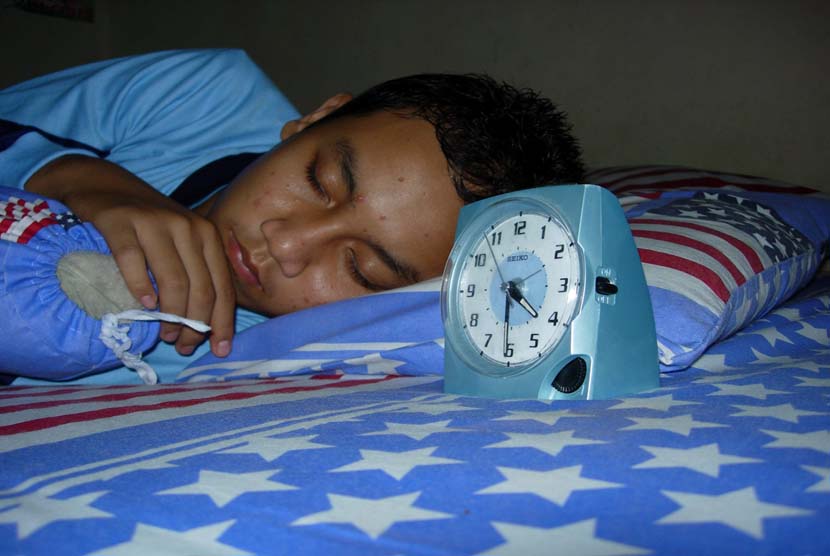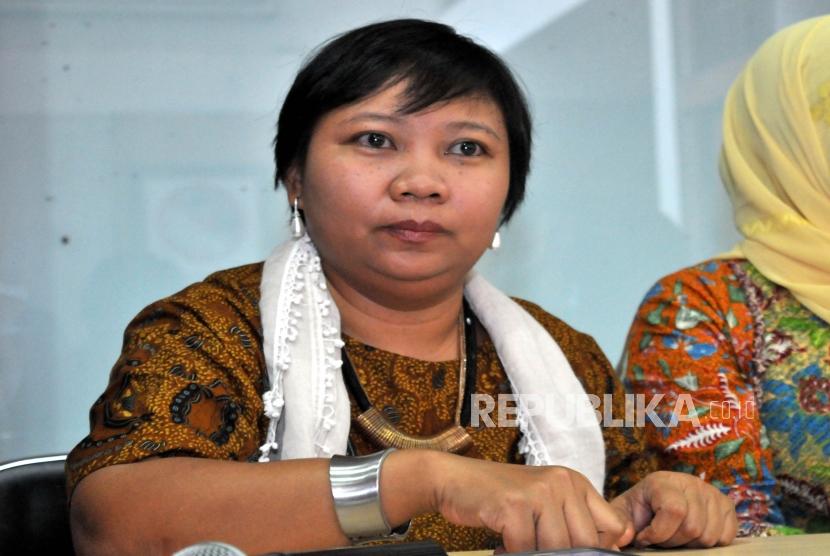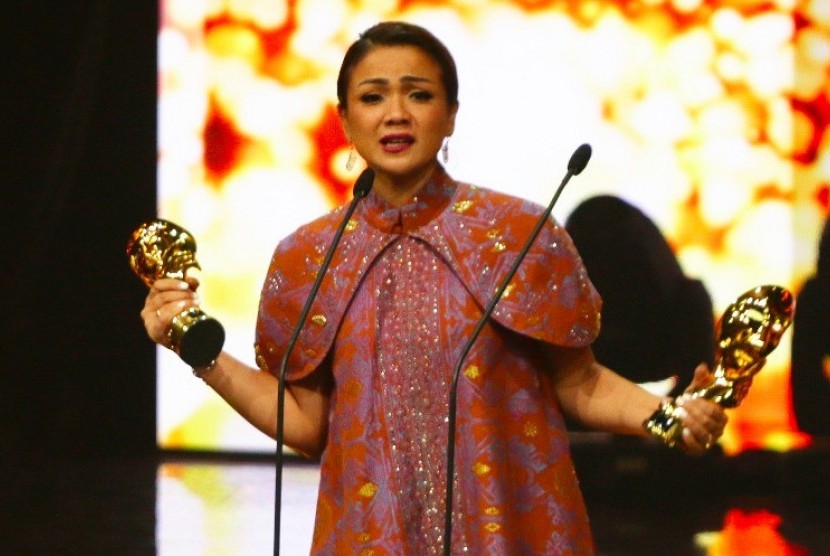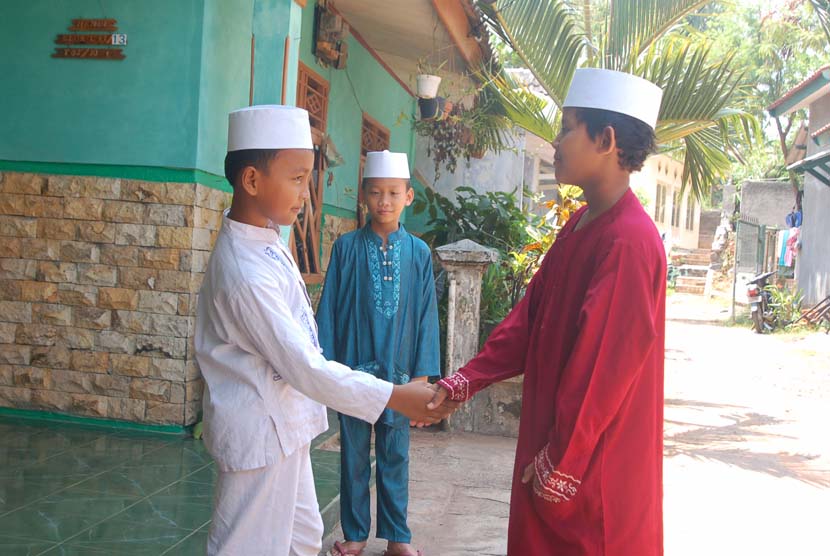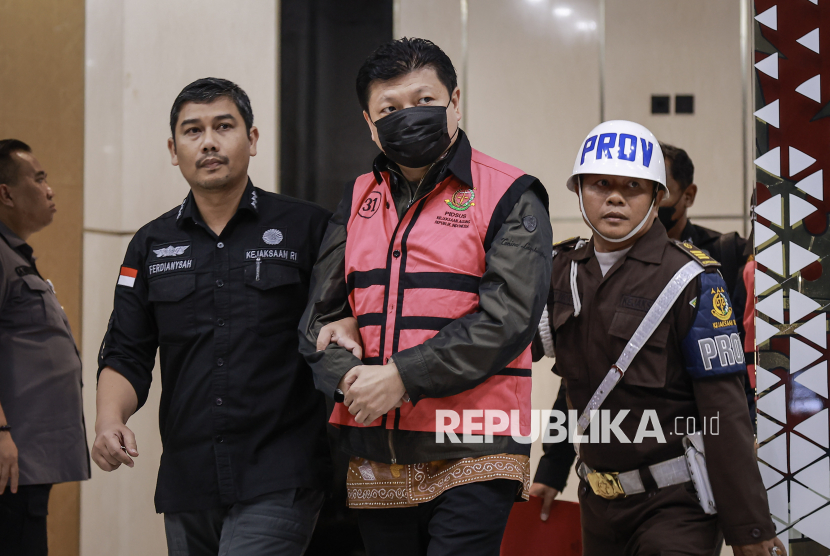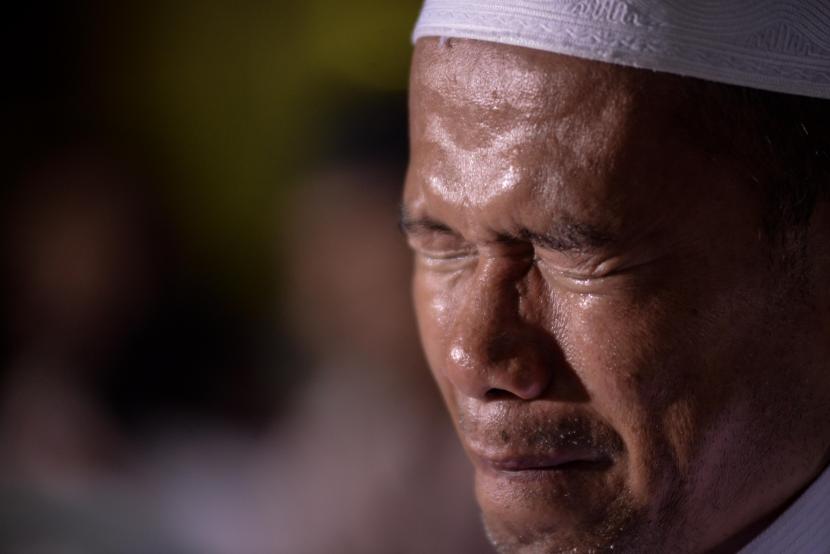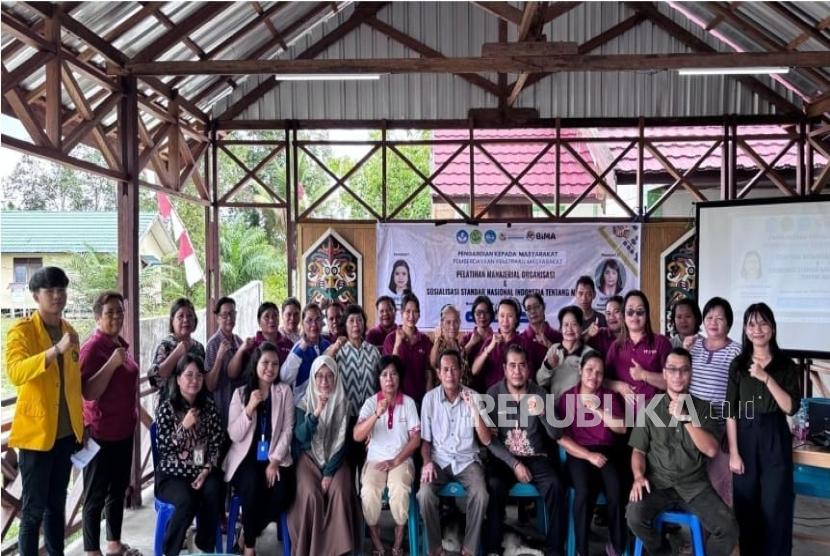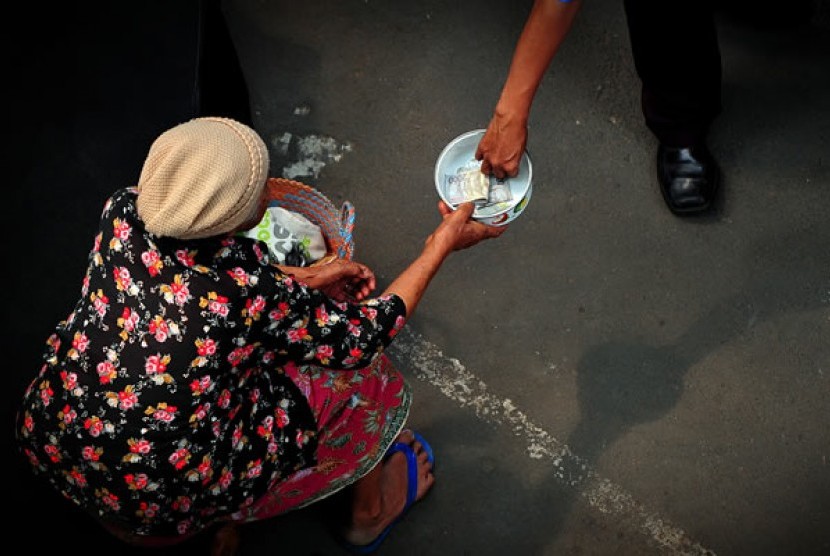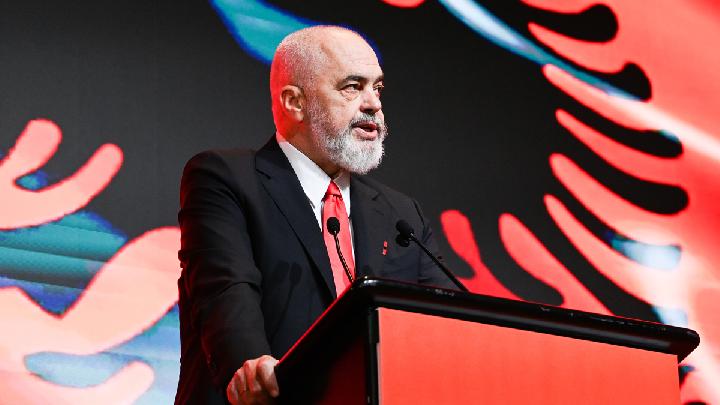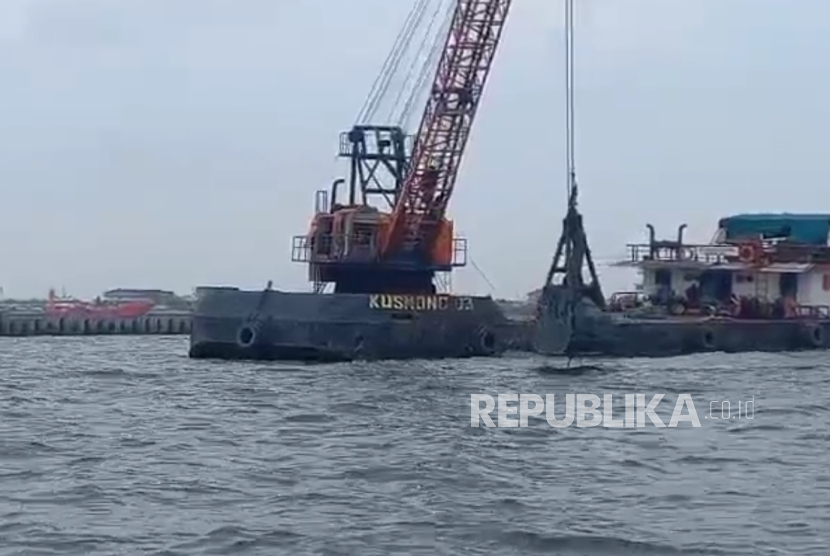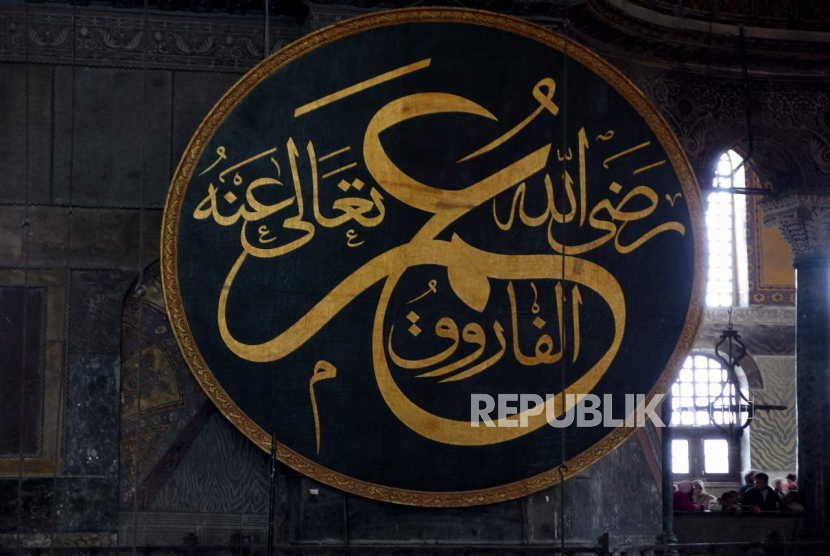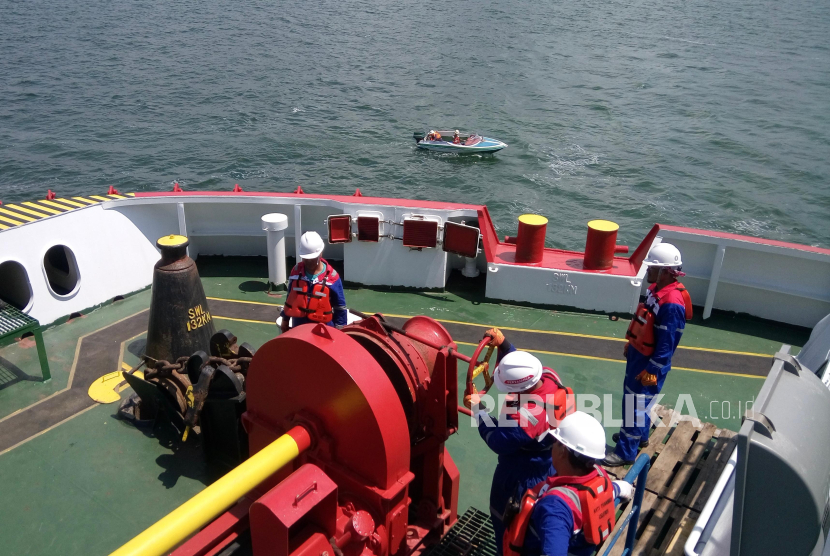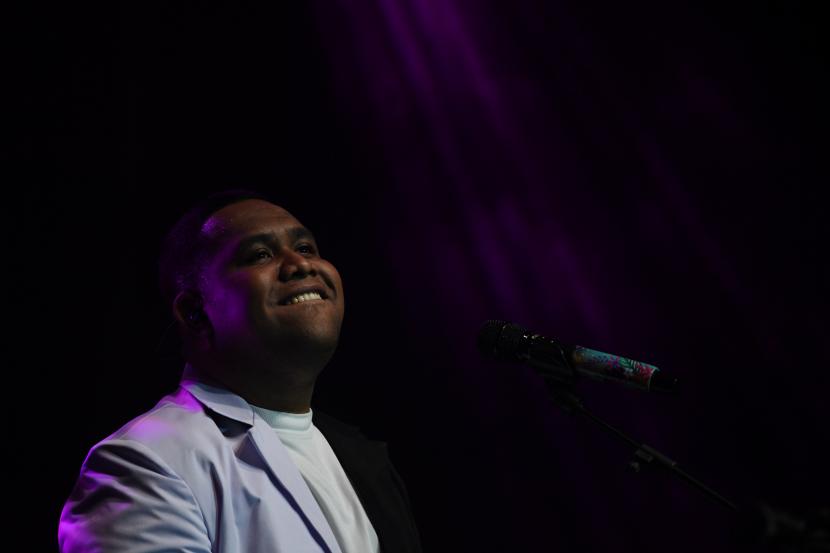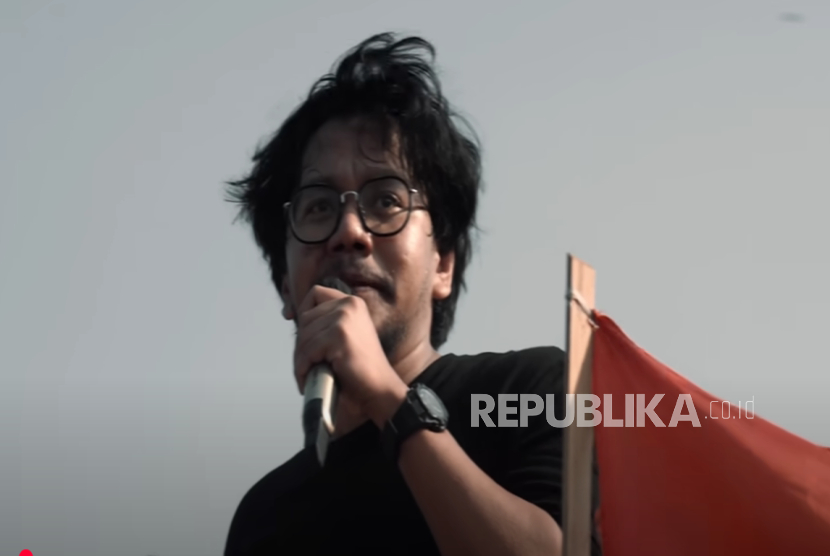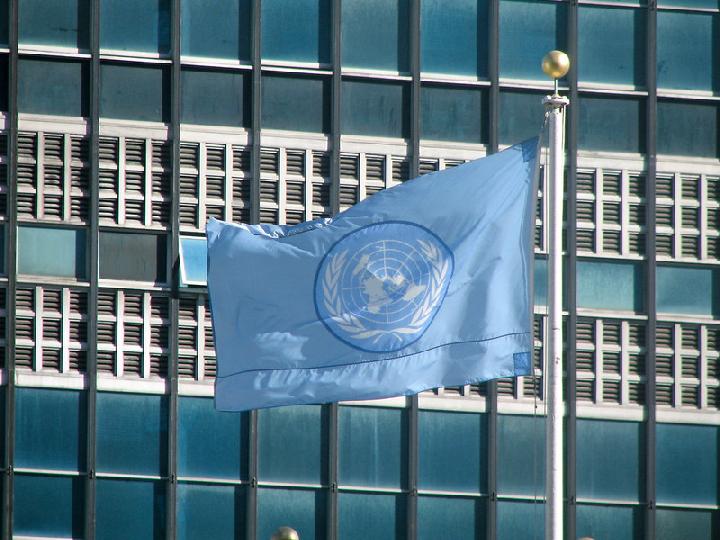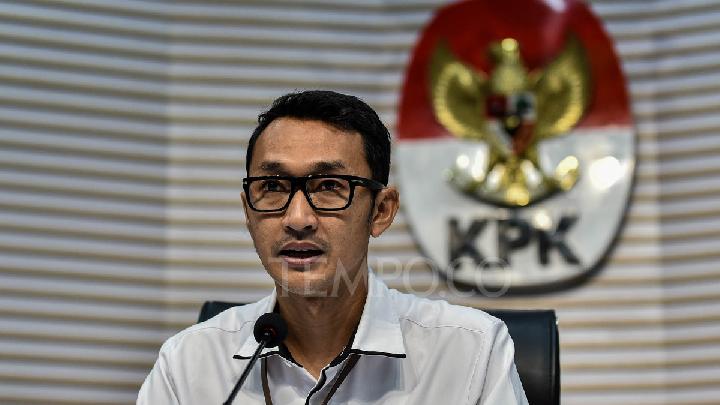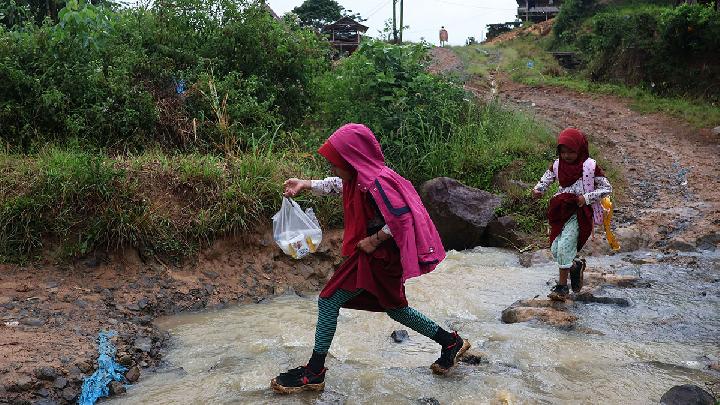TEMPO.CO, Jakarta - Nepal is currently facing a political crisis following massive protests driven by Generation Z that have forced Prime Minister K.P. Sharma Oli to resign. What began as peaceful protests on Monday, September 8, 2025, erupted into riots in Kathmandu, Pokhara, and Itahari.
The day after, Oli succumbed to public pressure. "I resign immediately," said Oli in a written statement on Tuesday, September 9, 2025, as reported by The Times of India. According to Al Jazeera, the main trigger for these protests is the growing perception that Nepal's ruling elite families are living lavishly in a poor country, which has created a gap between the rich and poor.
The wave of protests shifted to direct attacks on symbols of power. According to an NDTV report, the houses of several politicians were set on fire, including the residence of Nepali Congress Chair Sher Bahadur Deuba, President Ram Chandra Paudel, former Prime Minister Pushpa Kamal Dahal, and Home Minister Ramesh Lekhak. A school belonging to Foreign Minister Arzu Deuba Rana was also set on fire by the mob.
Following Prime Minister K.P. Sharma Oli's resignation, Home Minister Ramesh Lekhak also resigned. The people of Nepal are demanding four main things: the dissolution of parliament, the mass resignation of parliament members, the immediate suspension of officials who ordered the shooting of protesters, and the holding of new elections.
Two weeks before the protests in Nepal, a wave of demonstrations erupted in Indonesia on August 25, 2025. At that time, the masses demanded the dissolution of the House of Representatives (DPR) due to the high income of parliament members reaching Rp100 million per month. The protests escalated when Affan Kurniawan, an online motorcycle taxi driver, was killed by a Police Mobile Brigade (Brimob) tactical vehicle while in the midst of a demonstration on August 28, 2025.
The masses then made several new demands, especially urging the security forces to stop repressing the protesters. There were also demands pushing for the resignation of Indonesian National Police Chief General Listyo Sigit Prabowo. In early September, students from various campuses again visited the parliament building to demand the fulfillment of the 17+8 popular demands.
Will Indonesian Protesters Take to the Streets Again?
PARA Syndicate researcher Lutfia Harizuandini finds it difficult for protesters in Indonesia to replicate the success of the masses in Nepal in overthrowing the regime there. The reason is that President Prabowo Subianto's government is supported by a majority of major parties consolidated in the Red and White Cabinet.
Lutfia pointed out that Prabowo received full support not only at the executive level but also at the legislative level from the factions in the DPR. "The coalition in the DPR is large, more than 80 percent of the seats, which weakens the checks and balances but strengthens the executive," said Lutfia when contacted on Friday, September 12, 2025.
In addition to the solid support of political elites, Lutfia also views the Prabowo government as relatively stable in the face of protest shocks. This is because the Head of State holds strong support from both the security apparatus and the military. This was evident from the massive presence of the police and the military when the demonstrations heated up and after they subsided for a while.
Separately, a political researcher at the Populi Center, Usep Saepul Ahyar, predicts that protesters in Indonesia could take to the streets in massive numbers again after what happened in Nepal. "Although the context of Indonesia with Nepal is different, the potential for large-scale demonstrations still exists, as seen from the recent actions," said Usep when contacted on Friday, September 12, 2025.
The main reason is that the government has not yet addressed all the people's aspirations. Usep also sees a tendency of declining public satisfaction with the Prabowo administration, which is considered incapable of addressing important issues such as high unemployment and the rising cost.
Usep believes that if the government remains unresponsive, Indonesia could be rocked by a wave of large-scale protests similar to those in Nepal. Usep also outlined several similarities between demonstrations in the country and Nepal. First, he said, both demonstrations were triggered by pressing social issues, including social injustice, corruption, and worsening economic conditions.
In Indonesia itself, according to Usep, the protests were driven by rising staple prices, government policies that are not in favor of the people, and the behavior of public officials who are out of touch with the people's conditions. "The gap in welfare between public officials and the performance and lives of the people is below the standard of prosperity."
The second similarity is the significant involvement of the younger generation. In Indonesia, students and pupils have been the driving force of the protests, similar to Gen Z in Nepal. They have utilized social media to mobilize the masses and disseminate information, thus enabling the protest movement to develop more rapidly.
Although there are several similarities, Siti Zuhro, the main researcher at the National Research and Innovation Agency, cautioned against the possibility of Nepal's political crisis also occurring in Indonesia. Siti stressed that the collapse of the Nepalese government should serve as a lesson for the Prabowo leadership. "The impact of a repressive government and the phenomenon of people's suffering should not be taken lightly, but must be responded to and given thorough solutions," she said.
To anticipate this, she emphasizes that the government must commit to running a clean and authoritative leadership by placing public officials who are both reputable and competent. Siti also suggests that members of the DPR carry out legislative activities transparently, accountably, and participatively. Therefore, political parties must improve their cadre training programs by prioritizing merit-based systems.
"This is important so that the cadres sent to all branches of power in the executive, legislative, and judiciary are qualified and of high quality," said Siti. She said that the people long for leaders who are trustworthy at all levels of government so they can execute programs that benefit the public.
Adinda Jasmine and Dewi Rina Cahyani contributed to this article
Editor's Choice: Why Did the Student Movement After August Protests Begin to Fade?
Click here to get the latest news updates from Tempo on Google News

